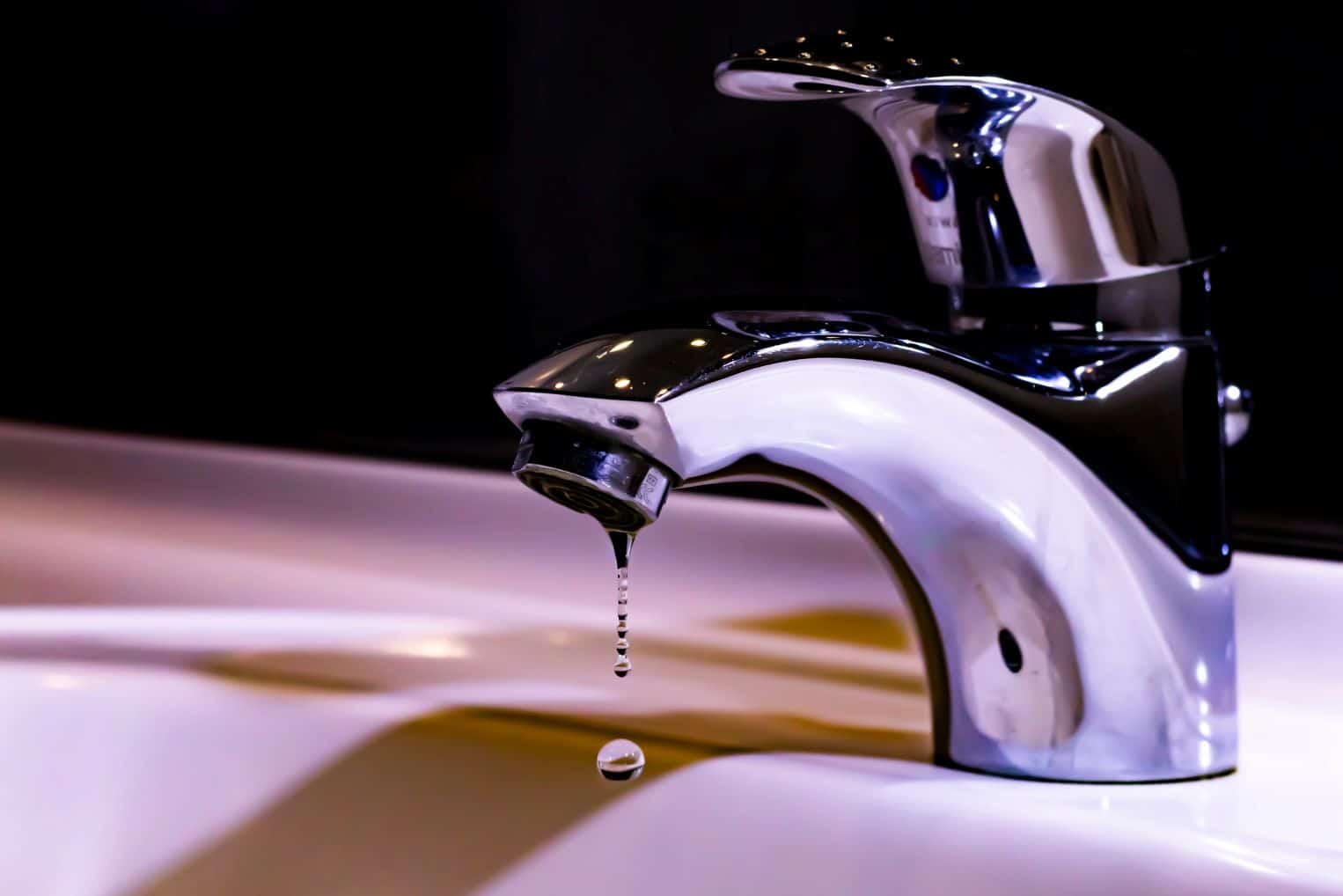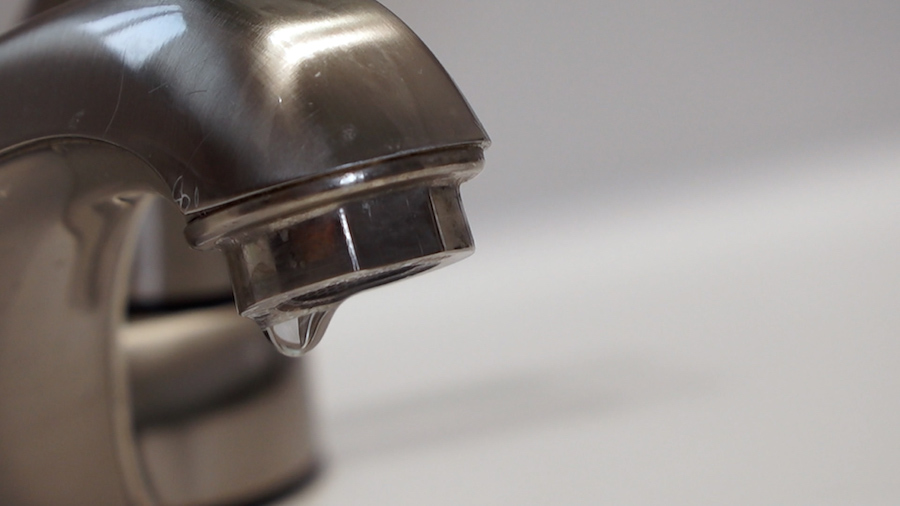Every person has their own individual thinking involving The Environmental Impact of Leaky Faucets.

Intro
A leaky tap may feel like a small aggravation, but its effects extend far past the occasional drip. Recognizing the effects of a leaking faucet is crucial for both home owners and the environment. In this post, we'll check out the various impacts of this common household issue and why resolving it promptly is important.
Reasons For Leaky Faucets
Dripping taps can result from a range of factors, consisting of wear and tear, high water stress, and rust. In time, the consistent use of taps can lead to damaged seals and gaskets, causing leakages to create. Furthermore, too much water pressure can put pressure on plumbing fixtures, causing leakages. Corrosion and rust can additionally weaken tap components, making them vulnerable to leakage.
Water Wastage
One of the most considerable consequences of a leaking faucet is water waste. Also a tiny drip can add up to gallons of wasted water over time. This not only drives up water costs but additionally contributes to water shortage and environmental destruction. Resolving leaky faucets without delay is critical for conserving this precious resource and decreasing its impact on the planet.
Financial Effect
Along with wasting water, leaky taps can also have a considerable financial influence. Raised water expenses are a straight repercussion of water wastefulness, setting you back property owners hundreds of bucks yearly. Furthermore, the price of fixing water damage triggered by leakages can be significant, especially if left neglected for a prolonged period.
Ecological Impact
The environmental influence of leaking faucets prolongs past water wastage. By preserving water, property owners can contribute to wider initiatives to mitigate water shortage and safeguard natural communities. Sustainable choices such as rainwater harvesting and water-efficient fixtures can further decrease the ecological impact of household water use.
Technological Solutions
Developments in modern technology have actually brought about the growth of wise taps and water-saving gadgets that assist decrease water wastage. Smart taps utilize sensors to detect activity and readjust water circulation appropriately, reducing waste without giving up convenience. Water-saving tools such as aerators and low-flow showerheads are likewise effective in saving water without compromising efficiency.
International Perspectives
While leaky faucets may look like a local concern, they add to more comprehensive global obstacles such as water scarcity and environment modification. In regions currently facing water stress, every drop counts, making leakage avoidance and repair work vital. By adopting water-saving techniques and purchasing lasting modern technologies, house owners can play their component in addressing these pushing global concerns.
Regulatory Measures
Federal government regulations play a crucial function in minimizing the impact of dripping taps and advertising water conservation. From developing codes that require water-efficient components to water-saving incentives and discounts, policymakers have a variety of tools at their disposal. By implementing and enforcing these policies, federal governments can make sure that home owners focus on water conservation in their daily lives.
Neighborhood Influence
Attending to leaky faucets calls for collective efforts at the neighborhood degree. By increasing recognition about the importance of water conservation and providing resources for leak detection and fixing, local authorities can equip house owners to do something about it. Campaigns such as water-saving discount programs and leakage discovery campaigns can incentivize habits change and advertise liable water use.
Case Researches
Real-life instances of the impact of leaky taps emphasize the value of proactive maintenance and prompt repairs. From water damages to increasing water expenses, the repercussions of overlooking leaks can be severe. By sharing these case studies, house owners can much better recognize the relevance of attending to dripping faucets immediately.
Educational Campaigns
Educational campaigns play a critical role in raising awareness regarding the impacts of leaky taps and advertising water conservation practices. With workshops, workshops, and on-line sources, homeowners can find out exactly how to discover and fix leaks themselves. By equipping people with knowledge and devices, educational projects can promote a culture of responsible water usage within neighborhoods.
Health and wellness Issues
Leaky taps can produce favorable atmospheres for mold and mildew and mildew growth, presenting wellness risks to occupants. The visibility of mold can exacerbate respiratory issues and allergies, particularly in vulnerable people. In addition, water damage arising from leakages can jeopardize the architectural stability of structures and bring about expensive repairs.
Do it yourself vs. Expert Fixing
When faced with a leaky faucet, house owners typically question whether to try repair work themselves or employ a professional plumber. While DIY fixings can conserve cash, they may not constantly deal with the underlying concern efficiently. Professional plumbings have the experience and tools to detect and take care of leakages properly, making sure long-lasting options and assurance for property owners.
Safety nets
Protecting against leaky taps requires normal maintenance and positive procedures. Simple jobs such as replacing worn-out washers and seals can avoid leakages from creating. In addition, updating to high-quality components and lowering water stress can assist prolong the lifespan of faucets and minimize the threat of leaks.
Conclusion
Finally, the impacts of a leaking faucet extend much past the periodic drip. From water wastage and increased water expenses to health issues and environmental impact, the repercussions of neglecting leaks can be significant. By attending to leaky faucets immediately and taking on water-saving practices, homeowners can minimize these impacts and add to a more lasting future.
Why You Shouldn’t Ignore a Leaky Faucet in Your Home
What Causes a Leaky Faucet?
Various factors can cause a leak, from loose and worn-out parts to corrosion. Your faucet has four essential components from which most plumbing issues will stem: the O-ring, the valve seat, the washer and the gasket.
What Is an O-Ring?
The O-ring is a stem screw that fastens parts of the faucet in place, preventing water from leaking out of the spout. Depending on your faucet type, the stem might have multiple O-rings. Water will drip from the faucet’s handles and base if this part breaks or deteriorates.
What Is a Valve Seat?
The valve seat controls the flow and temperature of the water. Found at the base of the handle, it works as a seal for the faucet’s stem. The valve seat ensures the water is allowed to flow or is blocked as the handles dictate. You’ll know it’s malfunctioning when water leaks from your faucet’s sides.
What Is a Gasket?
The gasket is found between the water inlet and the valve stem. It creates a seal between the faucet and the sink, holding its joints by aerators attached to the stem’s head. Water will trickle out from the base if the gasket isn’t working.
What Is a Washer?
The washer secures the handles and prevents leakage, serving a similar purpose to the O-ring. While the O-ring is ordinarily round and made from an elastic material, such as rubber, the washer is square-shaped and composed of brass, copper and other hard metals. If it malfunctions, corrodes or has been improperly installed, water will leak out of the handles, causing that incessant faucet drip.
Why Is a Leaky Faucet Dangerous?
A leaky faucet left alone for too long can have significant consequences.
Pest Infestations
Since bugs and rodents gravitate towards the scent of water, a leaky faucet will draw pests to your sink. Both are looking for leaks accessible through crawl spaces, which a faucet provides. If you leave water dripping for too long, you run the risk of an infestation.
Rust
If one of the faucet parts has started to corrode, the resulting rust can spread to your pipes and valves with startling speed. The rust might even lead to cracks or other impairments, resulting in more severe plumbing issues.
Your sink could also sustain damage from a leaky faucet. The water in your tap possesses sparse elements of calcium and iron that can stain your sink with repeated and prolonged exposure. Once those elements in the water have been open to the air for some time, your sink will start to rust, creating marks that can be difficult to remove.
https://www.tomsmechanical.com/blog/why-you-shouldnt-ignore-a-leaky-faucet-in-your-home

I recently found that piece about How to Fix a Leaky Faucet while doing a lookup on the web. Those who liked our blog entry kindly do not forget to share it. We recognize the value of reading our article about The Environmental Impact of Leaky Faucets.
Comments on “Discovering the Impacts of Recurrent Leaking”